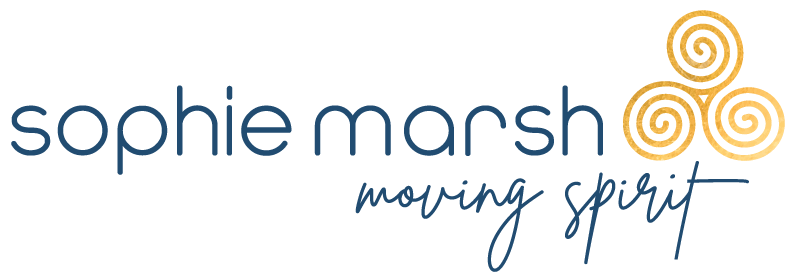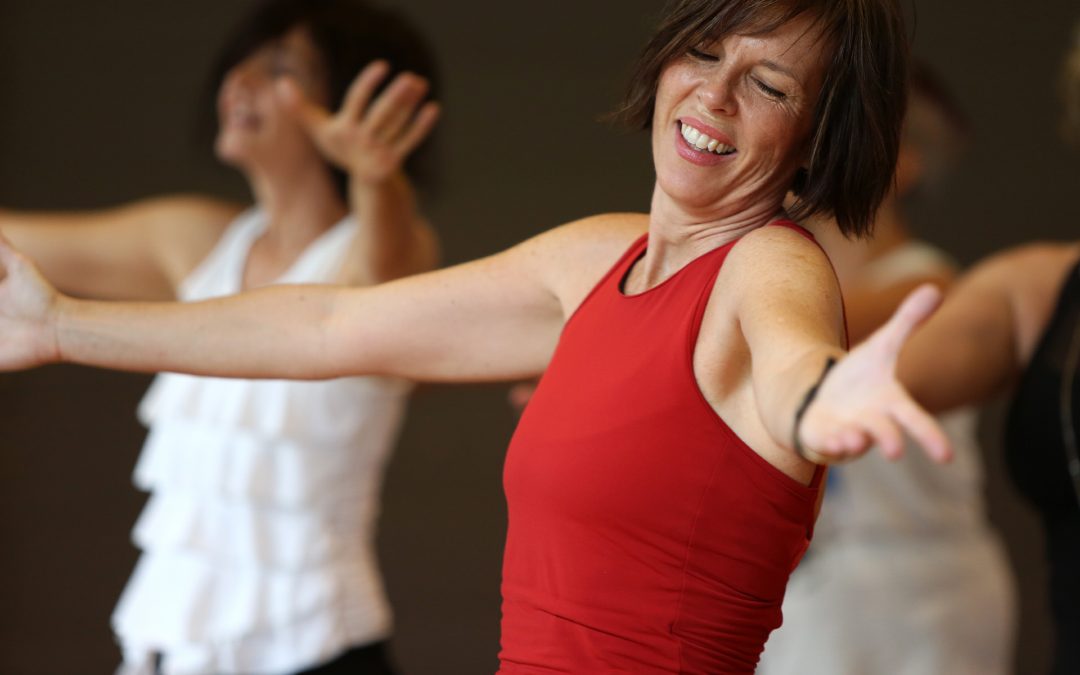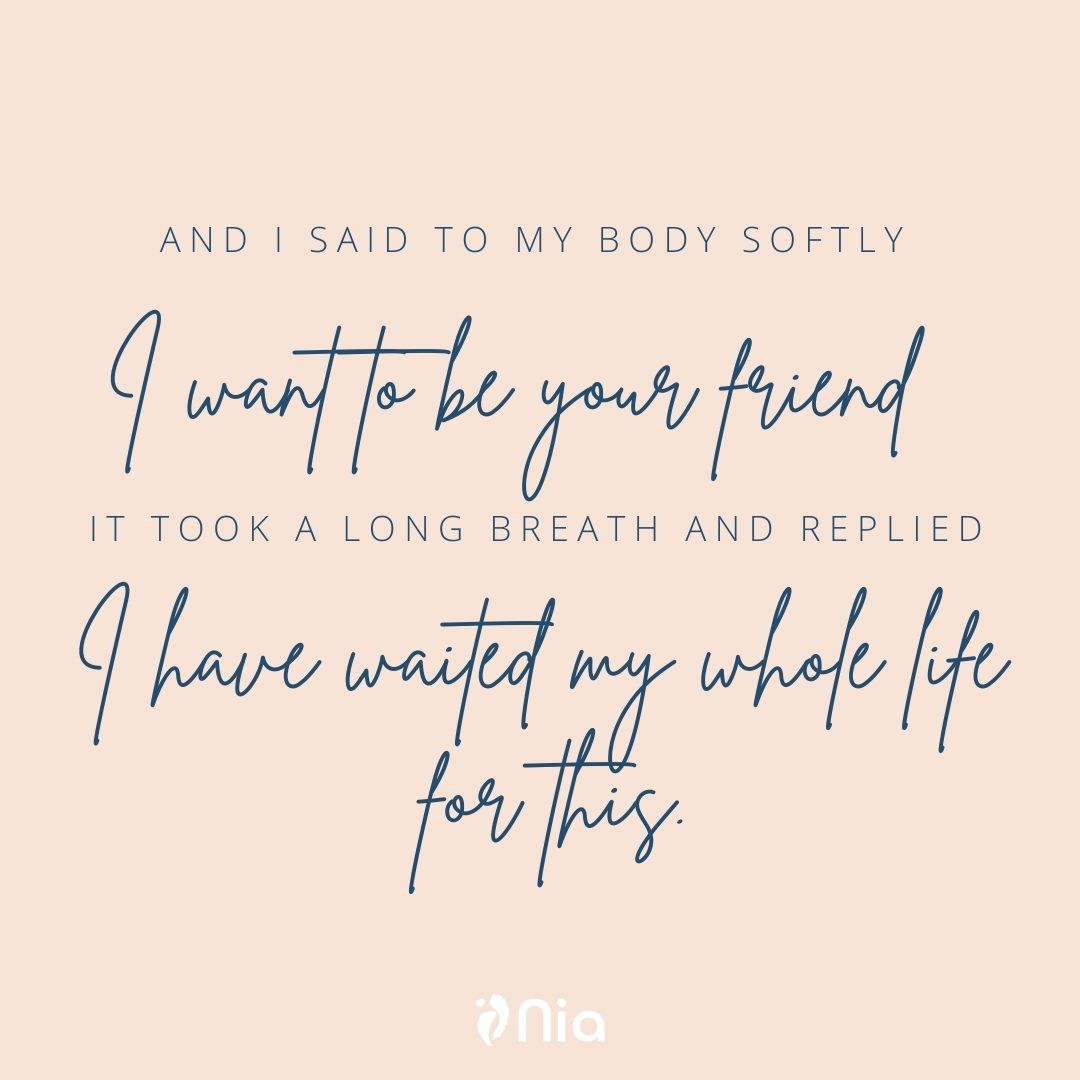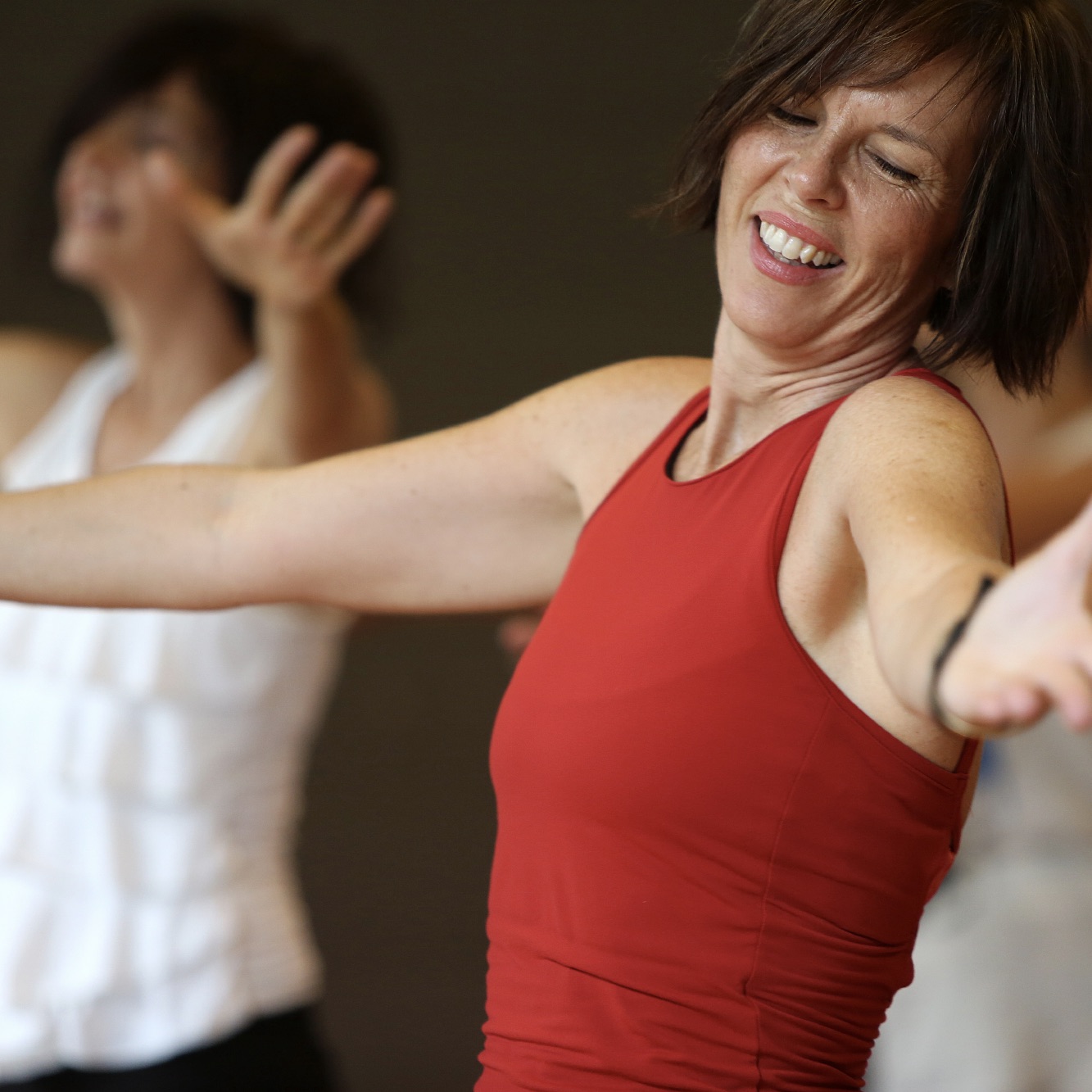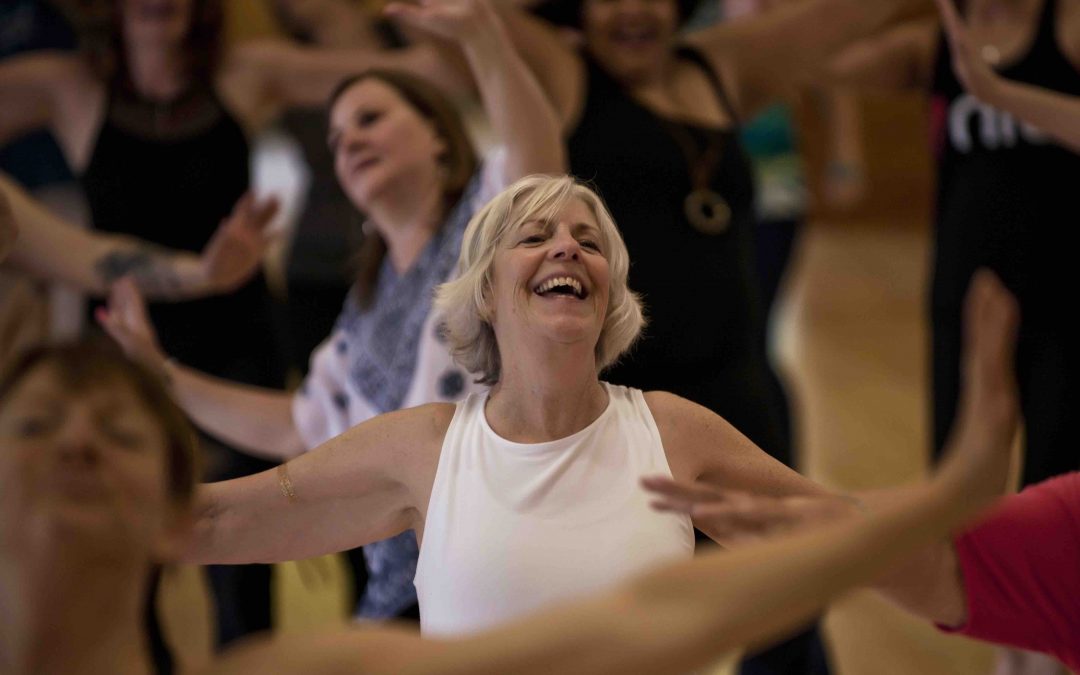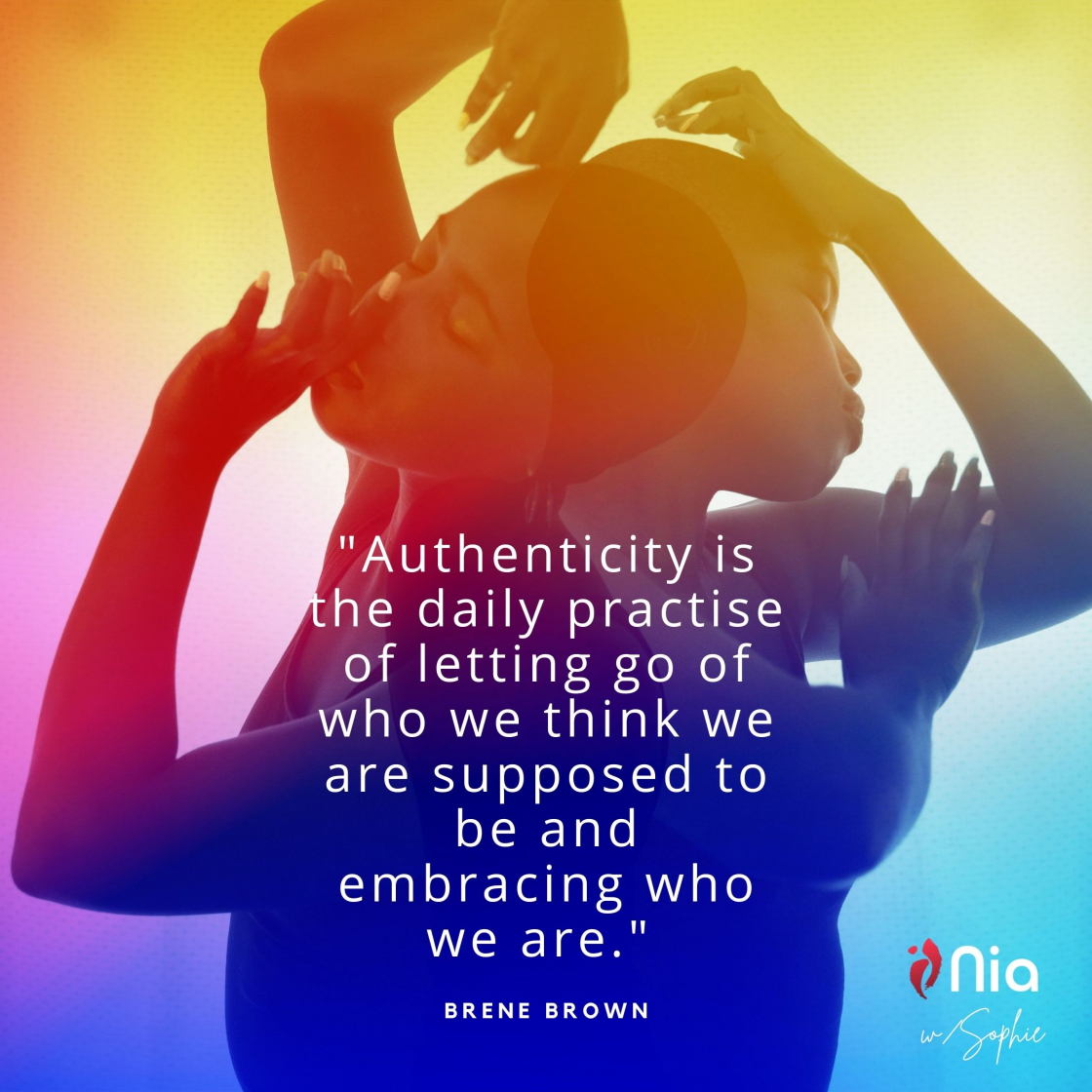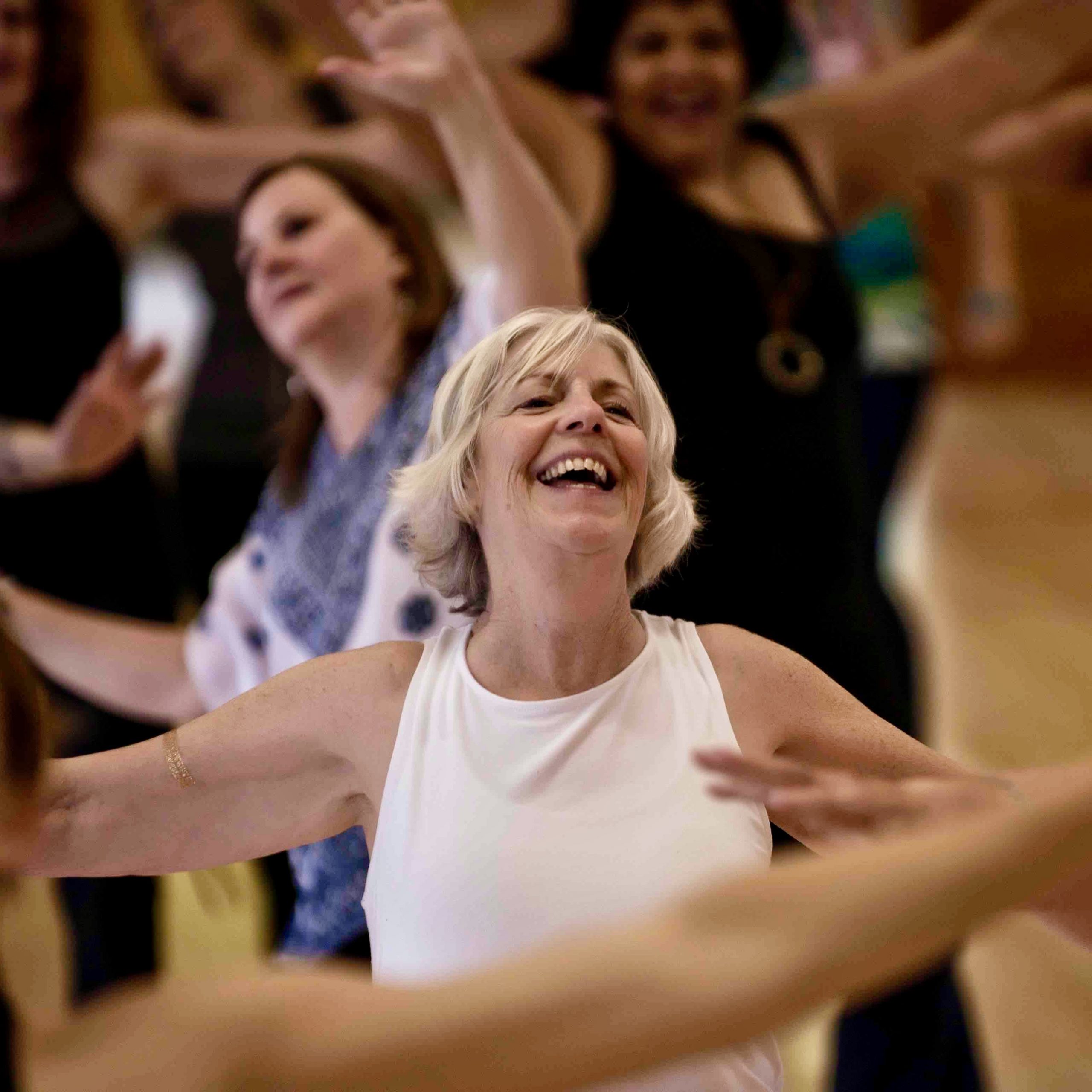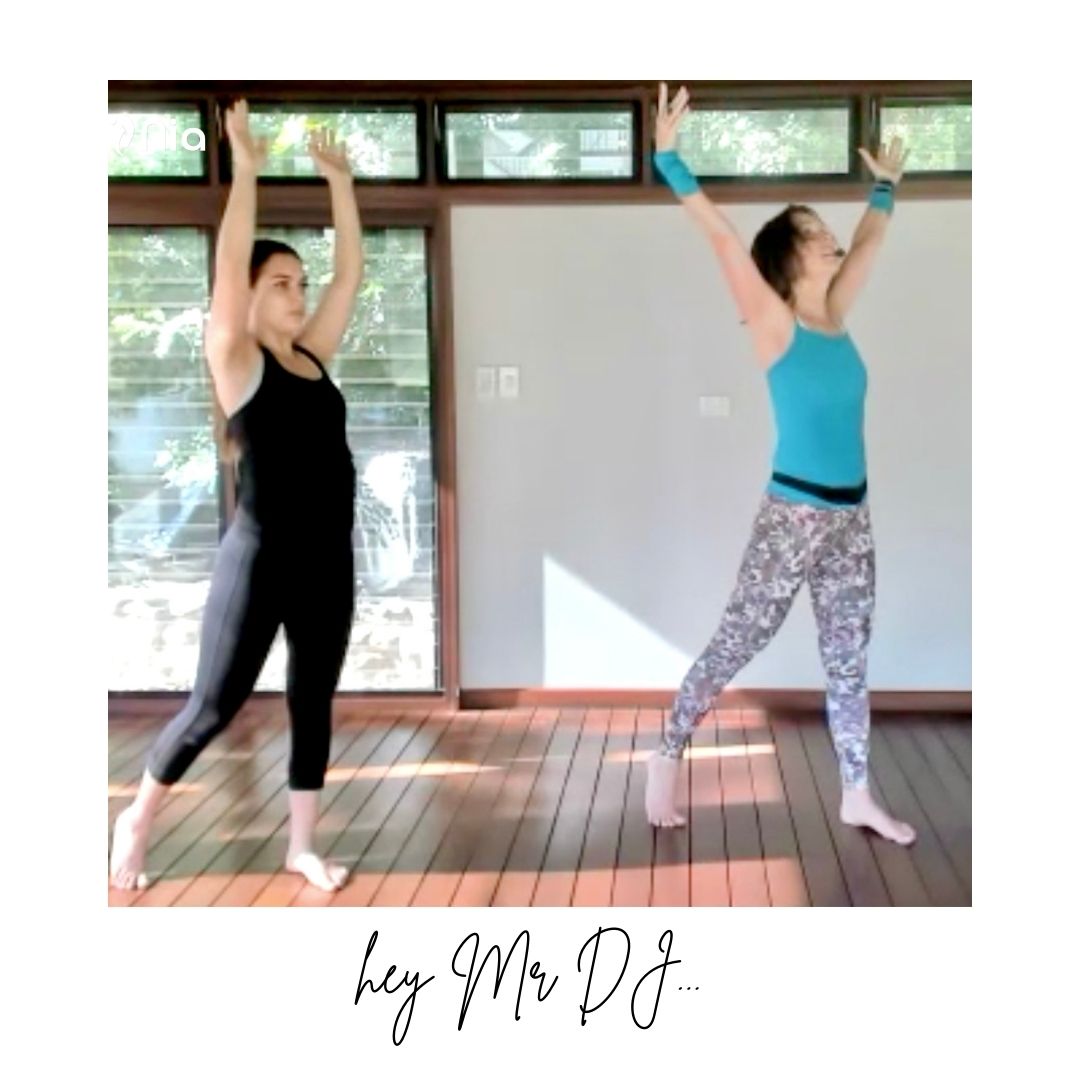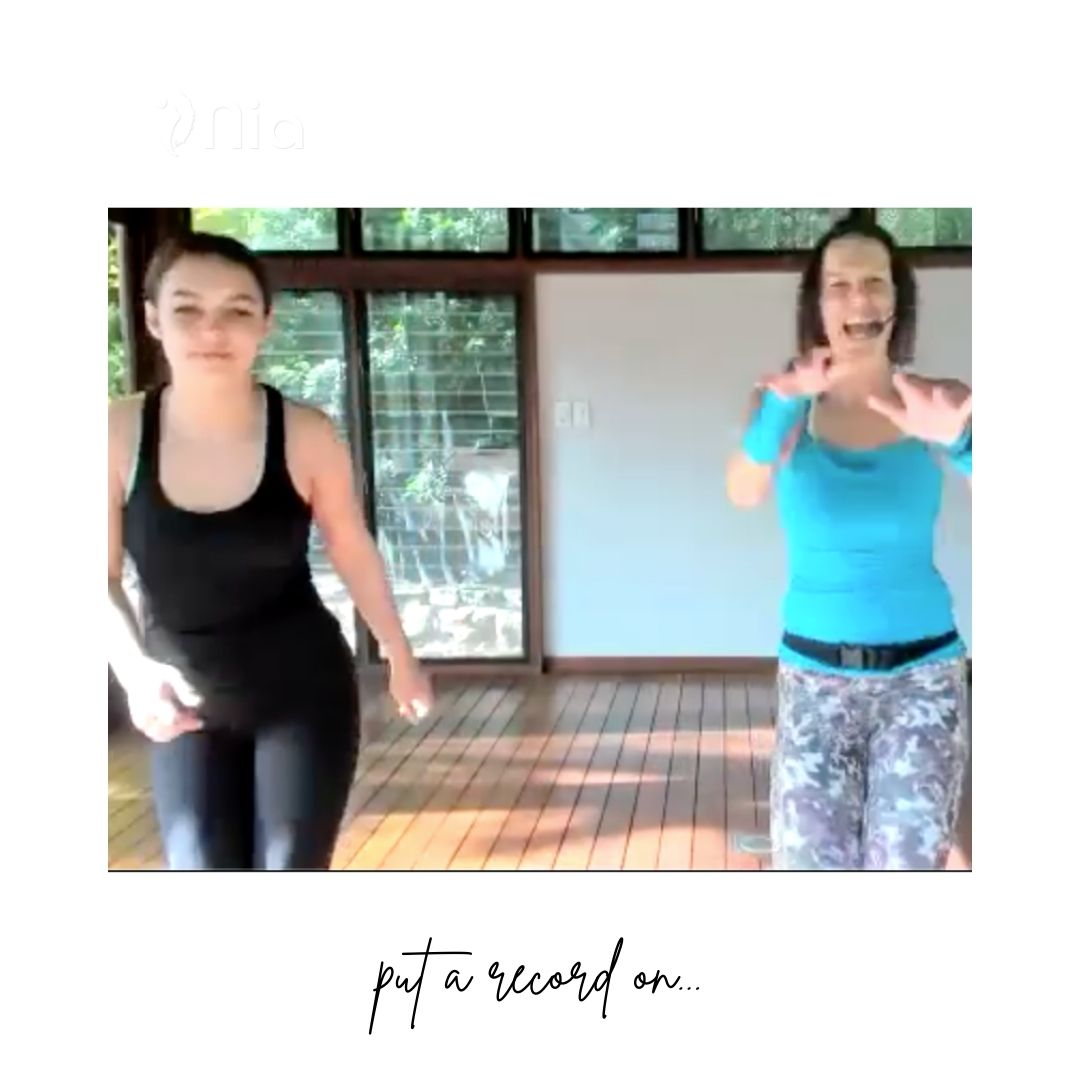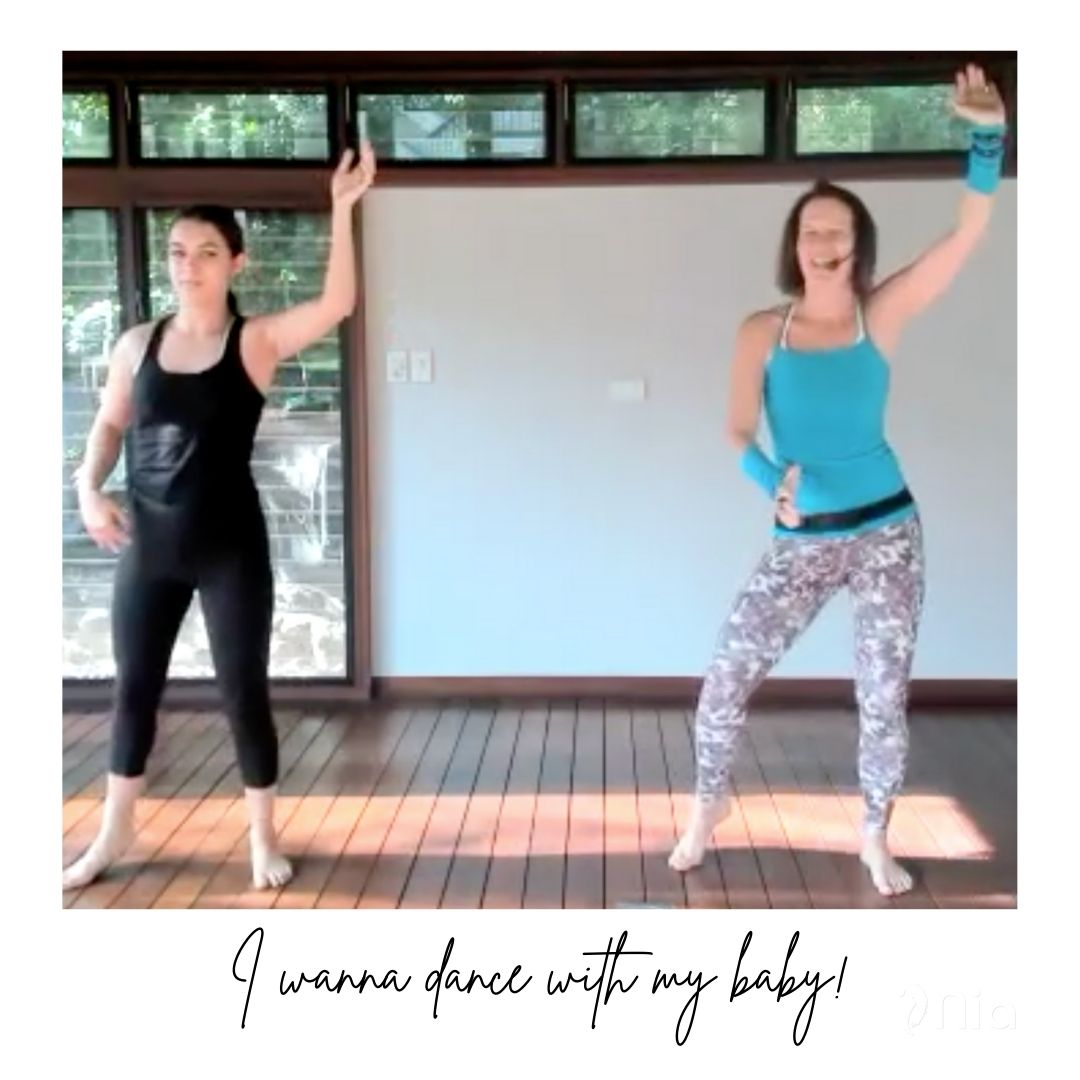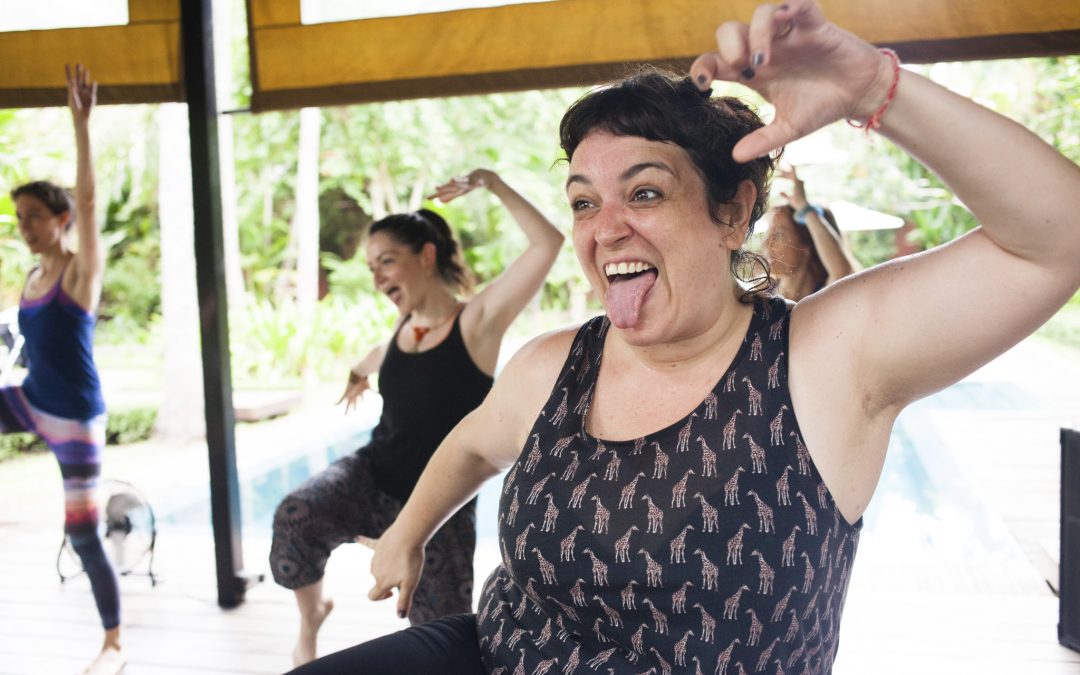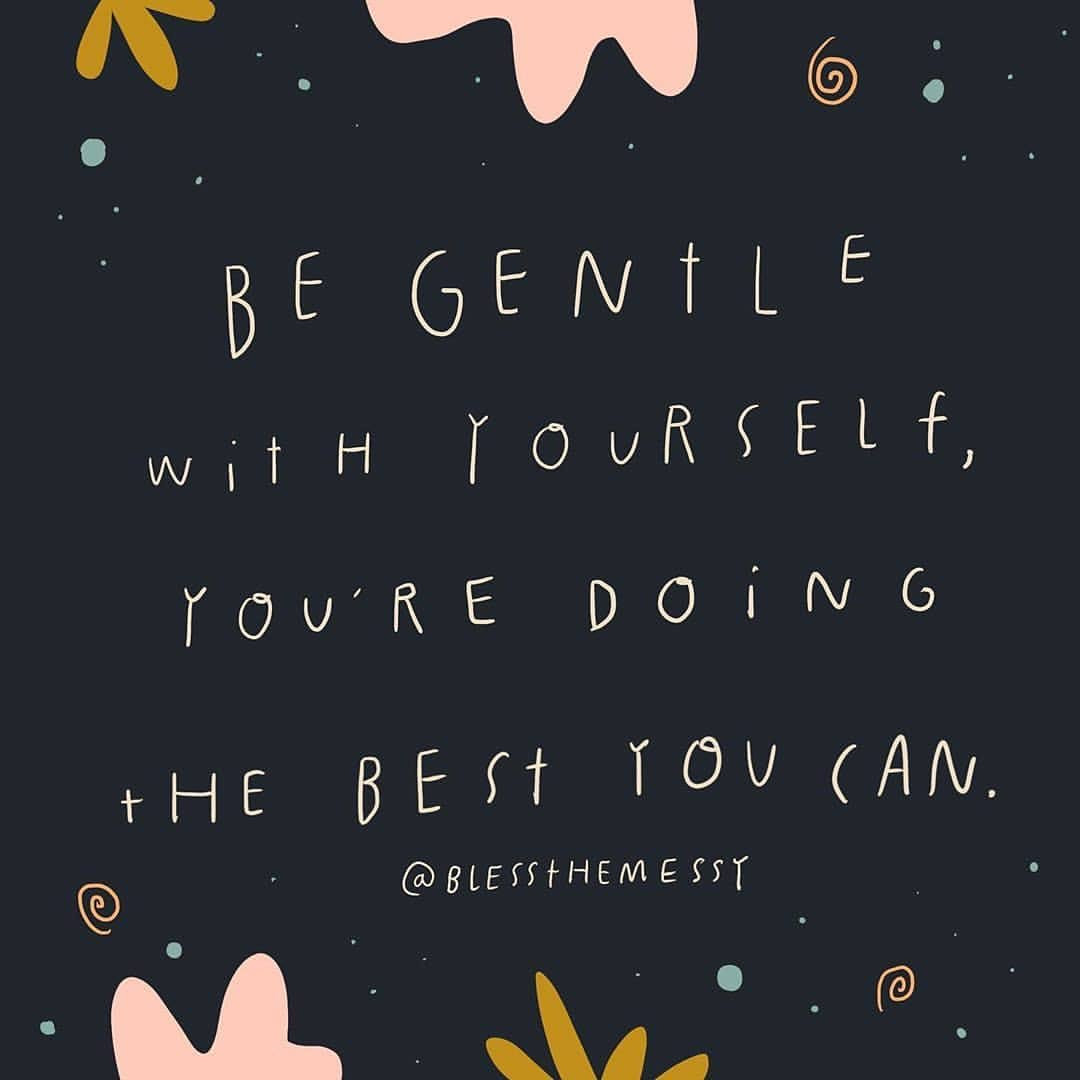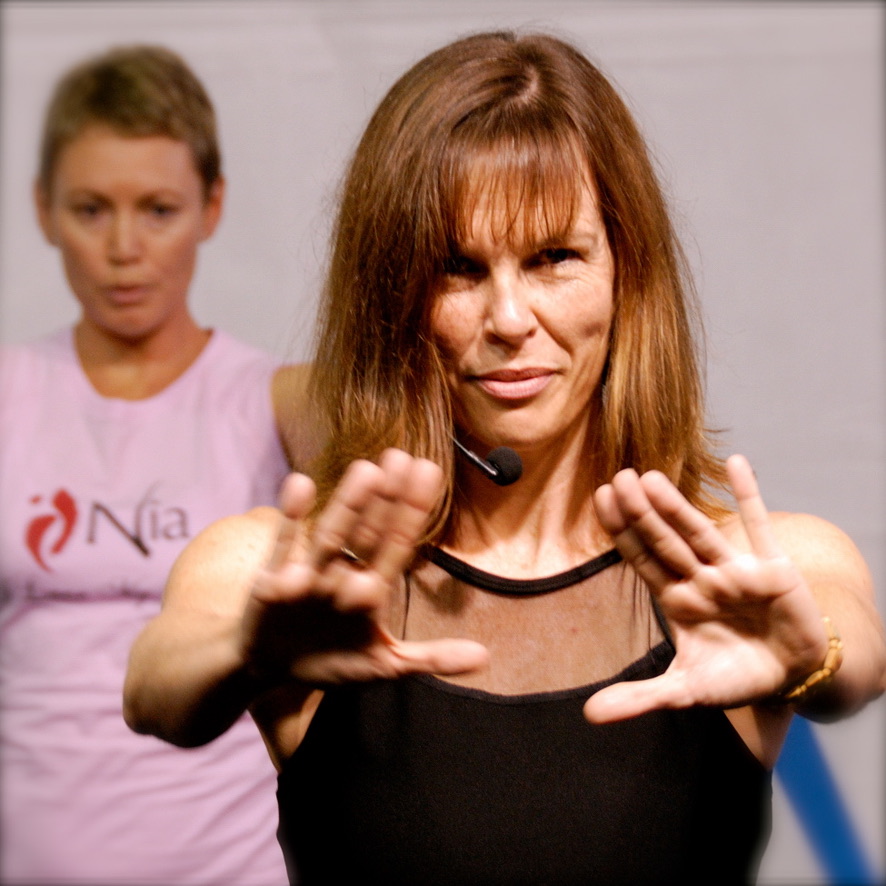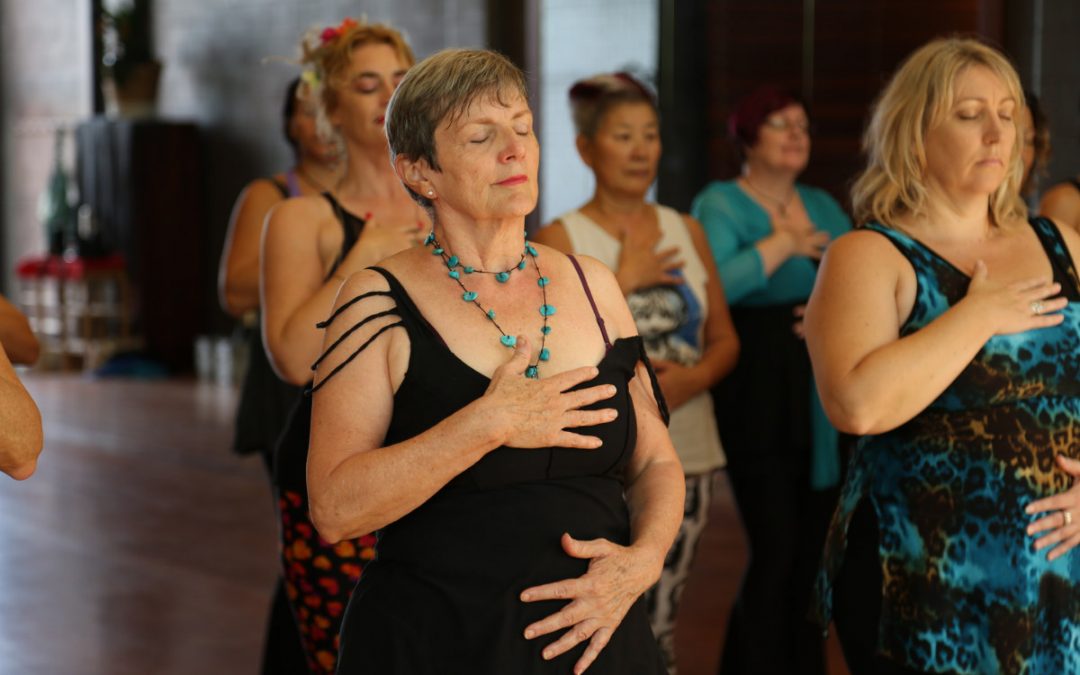
WHEN THERE’S TURBULENCE IN THE WORLD, WHAT CAN I SOFTEN?
WHEN THERE’S TURBULENCE IN THE WORLD, WHAT CAN I SOFTEN?
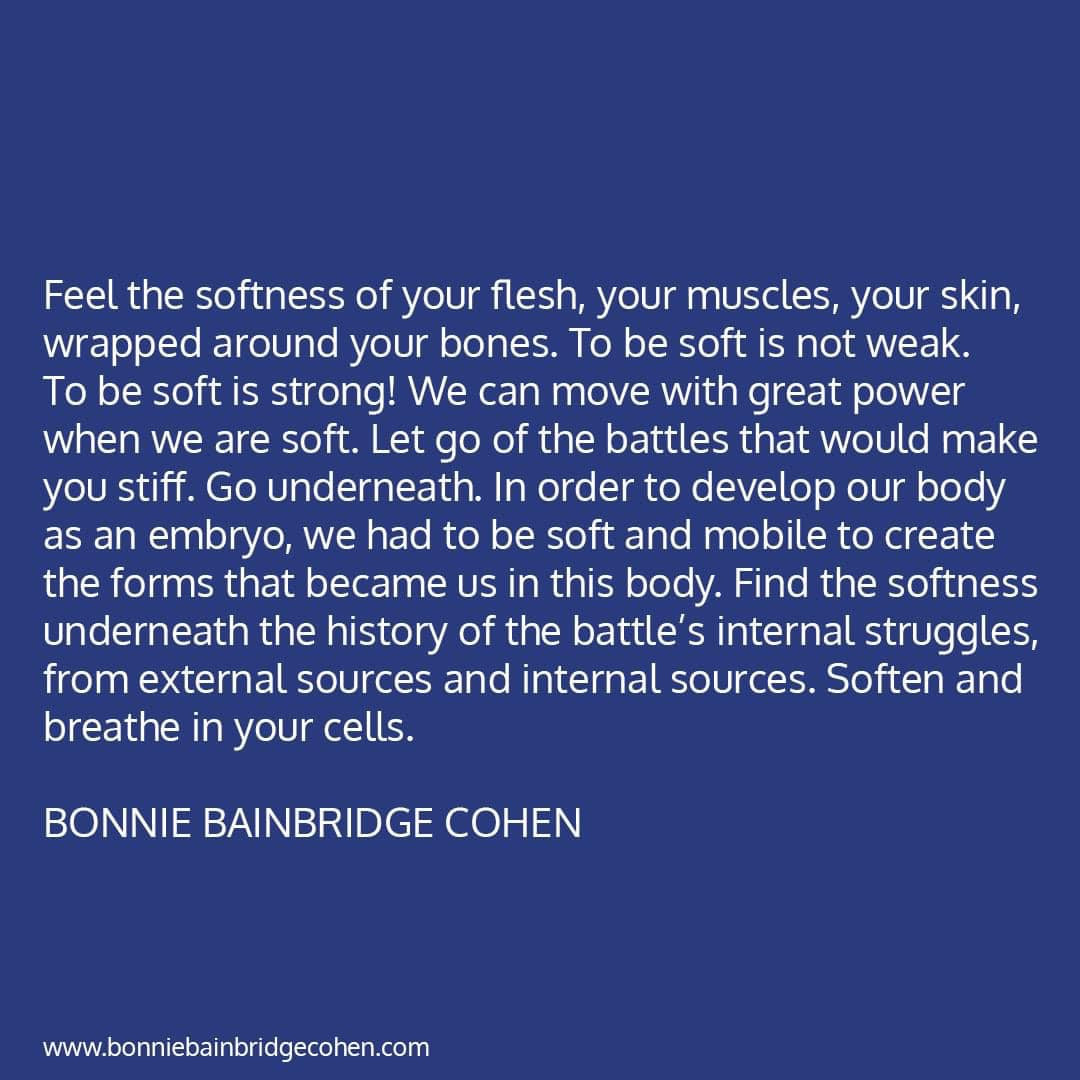
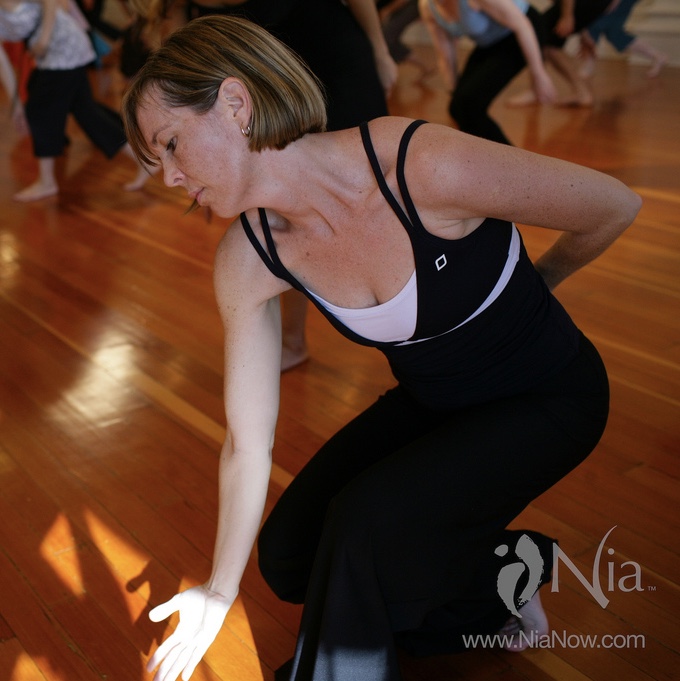
“It’s the hard things that break; soft things don’t break.” ~ C.Joybell.
With so much turbulence and trauma in the world – personal, local and global – I haven’t felt like writing a newsletter. Sometimes there are just no words…
While our home took in some water in the recent floods, I feel lucky compared to the utter devastation experienced by so many in our communities. My heart goes out to those who have lost their homes or loved ones, and breaks for those in the grips of war. These events affect us all.
As moments of anxiety and distress come up throughout our lives, it is crucial that we give ourselves the space to fully feel and move through them, rather than brace against them or store tension in our bodies. Softening helps our nervous system regulate and return to the calmest centre of our self.
Check in and ask your body now, “What can I soften?” Eyes… jaw… shoulders… heart… belly… legs..?
The practice of turning toward our pain and meeting our suffering with kindness and awareness can support us in opening to greater love, feeling to heal. As we soften and breath into our cells, we simultaneously self-heal and become more humane.
Personal connection with a community can help us feel supported that we are not alone in our feelings, and help us return to the innate goodness of our hearts.
More than ever, we need practices that can evolve consciousness from an “us vs them” mentality to a culture of “we” – practices that move us into our highest vibration and motivate us to act for our collective wellbeing.
Nia moves us into awareness of our sensing body and our energy centres so we can respond with softness as we feel “all the feels” and express our uniqueness. Nia also helps us mindfully connect with one another, to accept without exception, cocreate with joy, and remember that we are all here for something greater than ourselves.
As we raise our own resonance – from fear to curiosity, judgment to compassion, heaviness to aliveness – we uplift not only ourselves, but others as well. Let’s be brave enough to choose to find a way – any way at all – to be a light of hope amidst the darkness.
If you haven’t been to class for a while, I would love to welcome you back. I miss you.
A FEW OF MY FAVOURITE THINGS RIGHT NOW
PODCAST Stolen Focus: THIS is why you’re finding the world too much. Sarah Wilson and Johann Hari (52 mins)
BOOK Sacred Rest: Recover Your Life, Renew Your Energy, Restore Your Sanity by Dr Saundra Dalton-Smith
TED TALK How to make stress your friend. Kelly McGonigal (14 mins)
CALENDAR Check the Nia class calendar for changes through April’s public holidays. West End Nia IS on Easter Saturday!
“BREATHE” Enjoy breathing, stretching and softening with this cool down sequence. Gift yourself a dance break… 6 minutes of music and movement to feel better now!
If you enjoy it, I’d appreciate if you’d like or comment and while you’re there… SUBSCRIBE to my YouTube channel!
Sophie Marsh © 2022 • Web Design Seedhead
